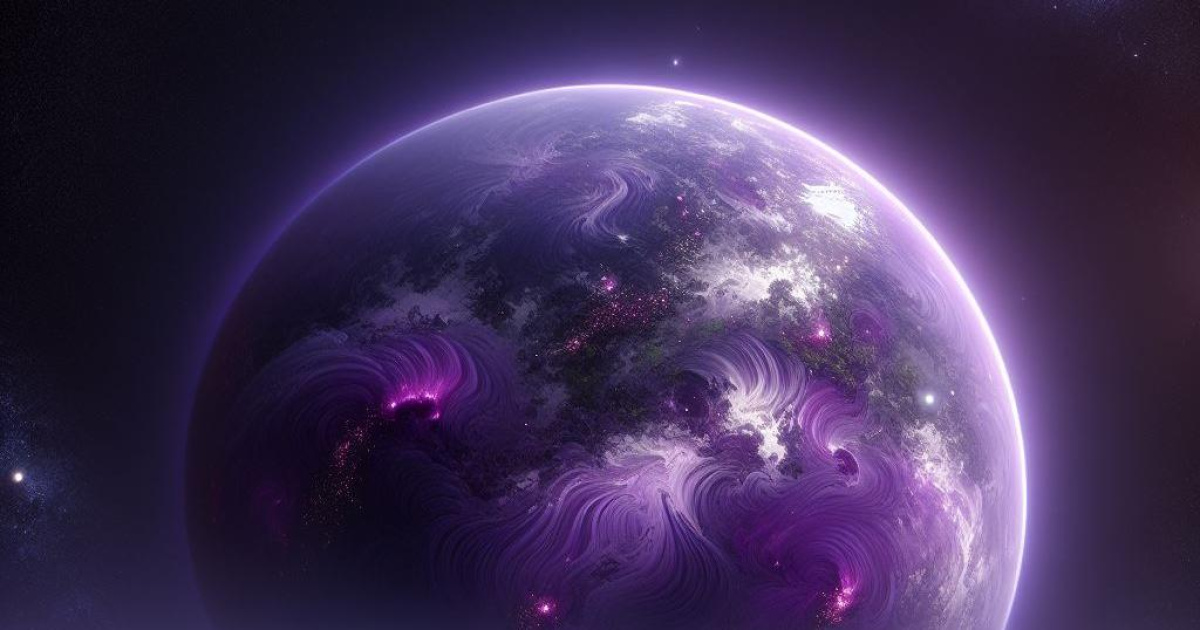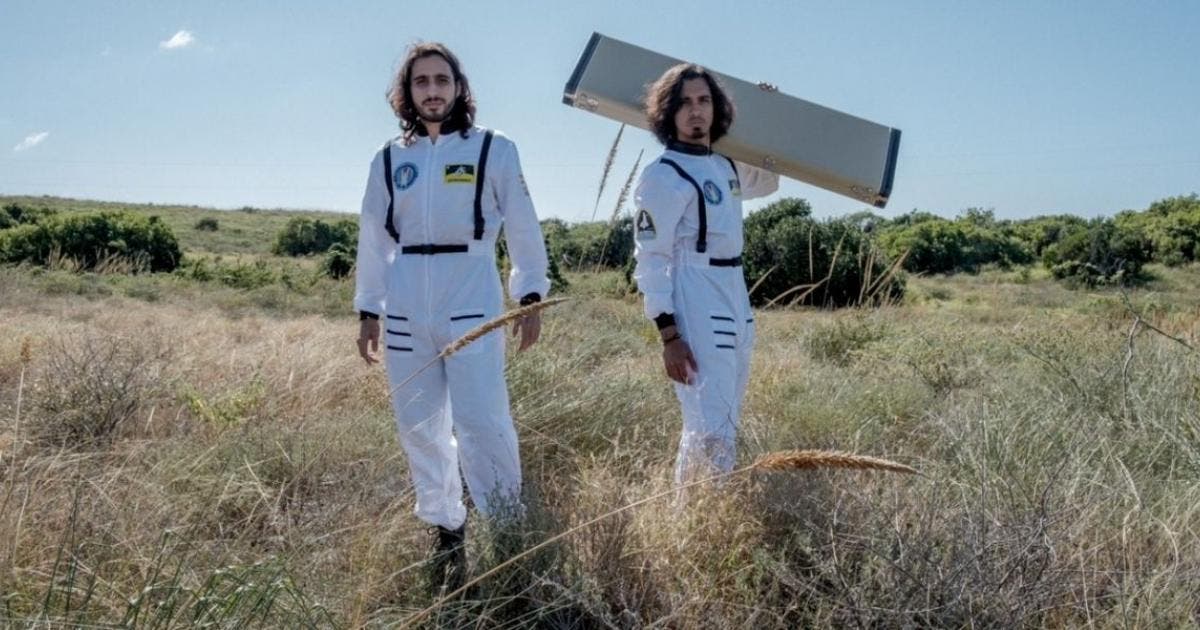At some point in the 2030s or 2040s, humans will launch a telescope into space with the ability to analyze… Habitability At least 25 exoplanets Previously selected.
he Habitable Worlds Observatory (HWO), the first telescope “specially designed to identify habitable Earth-like planets alongside relatively bright stars like our Sun and examine them for evidence of life,” is set to begin development and Professor of Astronomy and Astrophysics at the Complutense University of Madrid. (UCM) Ana Inés Gomez de Castro He was selected by the European Space Agency (ESA) as one of its three representatives on the Science, Technology and Architecture Review Team (START) of NASA's HWO Maturity Program.
Astrophysicist Ana Inés Gomez de Castro
Touted to be the successor to the James Webb Telescope, which launched in December 2021, HWO is a joint project between NASA, the European Space Agency and the Japan Aerospace Exploration Agency (JAXA). The site itself defines it as a tool that will reveal “whether Earth-like planets are common or rare,” and Gomez de Castro herself confirms that it will serve as a Confirmation for the first time if life exists outside our planeteven before other missions to potentially habitable worlds, such as the case of Jupiter's moon Europa.
Other jobs
In addition to searching for habitable worlds, HWO will also be “a complete astronomical observatory that will include instruments for studying dark matter, sources of gravitational waves, chemistry in the interstellar medium and astrobiology,” recalls Gomez de Castro.
“So far more than 5,000 planets have been identified, however Only a very few, about a dozen, are in the habitable zone “From its star, that is, where the necessary conditions for the existence of liquid water could exist,” says the director of the Space Astronomy Research Group – AEGORA of the UCM, in statements to El Debate.
Therefore, he explains, It will take some time until at least the 25 planets to be analyzed are selectedBecause it is a “very sensitive topic.” “The next few years will focus on identifying these 25 candidates and determining the best strategies for discovering them,” he says.
The presence of clouds, weather patterns, and even the possibility of them occurring Vegetation These will be the issues that the HWO will investigate; Of all the promising exoplanets discovered so far, Gomez de Castro mentions the following: TRAPPIST-1 system, 40 light-years from Earth that has been in the pools for more than five years. There are two main reasons: the apparent similarity in terms of radius and mass of some of its planets to our own, and the fact that they lie within the habitable zone of their star.
for him a job This will be during the first phase of the mission, which is expected to take about two years. “In this initial phase, we will decide what science is of priority and importance so that it is the science that determines the shape and properties of the devices and at the same time verify that the devices needed for that science are viable,” says the scientist. Astrophysicist.





